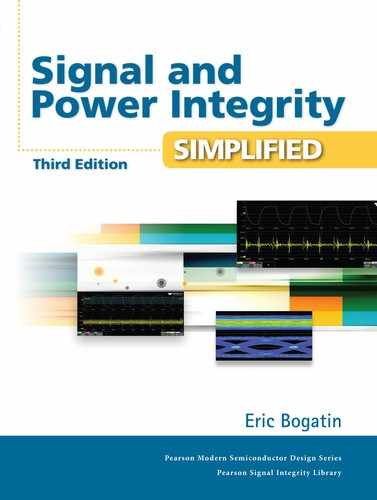PREFACE TO THE THIRD EDITION
This third edition of Signal and Power Integrity—Simplified has one significant new addition over the previous edition: questions and problems at the end of each chapter to test and reinforce your understanding.
Students and engineers will benefit from this chance to see if they took away the important messages from each chapter and are able to apply the principles to tackle real problems.
Since the publication of the second edition of Signal and Power Integrity—Simplified, the principles and applications of signal and power integrity have not changed. As I travel around the world lecturing on these topics, I find that the essential principles are more important than ever.
It often astonishes me how even seemingly complex problems can be tackled and valuable insights gained by applying fundamental engineering principles and simple estimates to real-world problems. That’s what this book highlights.
The first and second editions were based on the input from teaching signal and power integrity classes to thousands of engineers around the world. This third edition has been updated with a few more recent examples using high-speed serial links and based on input from more than 130 graduate students who took my course at the University of Colorado, Boulder. The most common feedback from students was they wanted exercises to work through to help them reinforce and test their understanding. When I mentioned to professional engineers that I was adding questions at the end of each chapter, I was met with overwhelming support.
We engineers love puzzles and problems that challenge us. Each time we encounter a difficult problem and solve it, we turn a stumbling block into a stepping stone.
I often hear people say that they learn best by doing. I think this is not stated quite right. I don’t think we learn from hands-on activities. I think that hands-on, “doing” exercises can really reinforce the understanding we gain from studying essential principles. When we apply essential principles to real-world effects, whether it is interpreting a measurement in the lab or running a simulation or working through a problem, we exercise the process in our head and see how to apply the principles. Engineers have told me that when working through problems, “it finally clicked.”
At the end of each chapter in this book are 20–35 questions that will force you to think about the principles in a way that will help them click for you. My answers to these questions are posted, along with each question, in Appendix D. Additional supplemental information is available on my website, www.beTheSignal.com.
Eric Bogatin, September 2017
